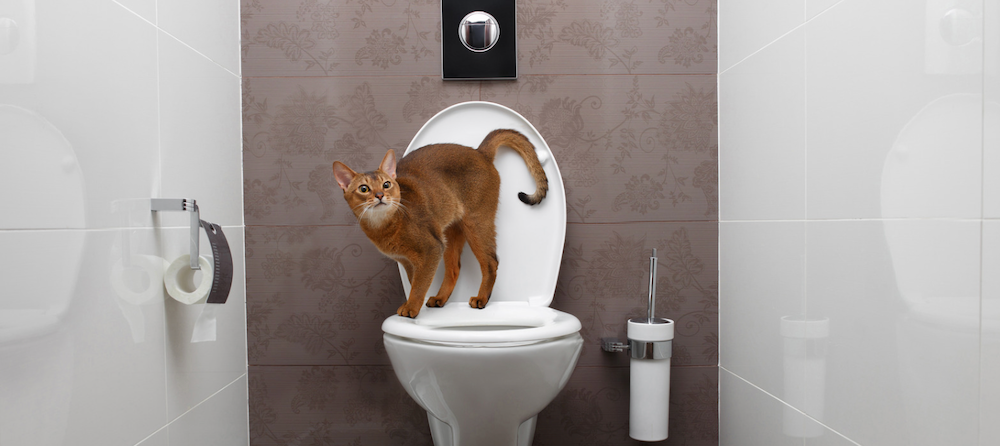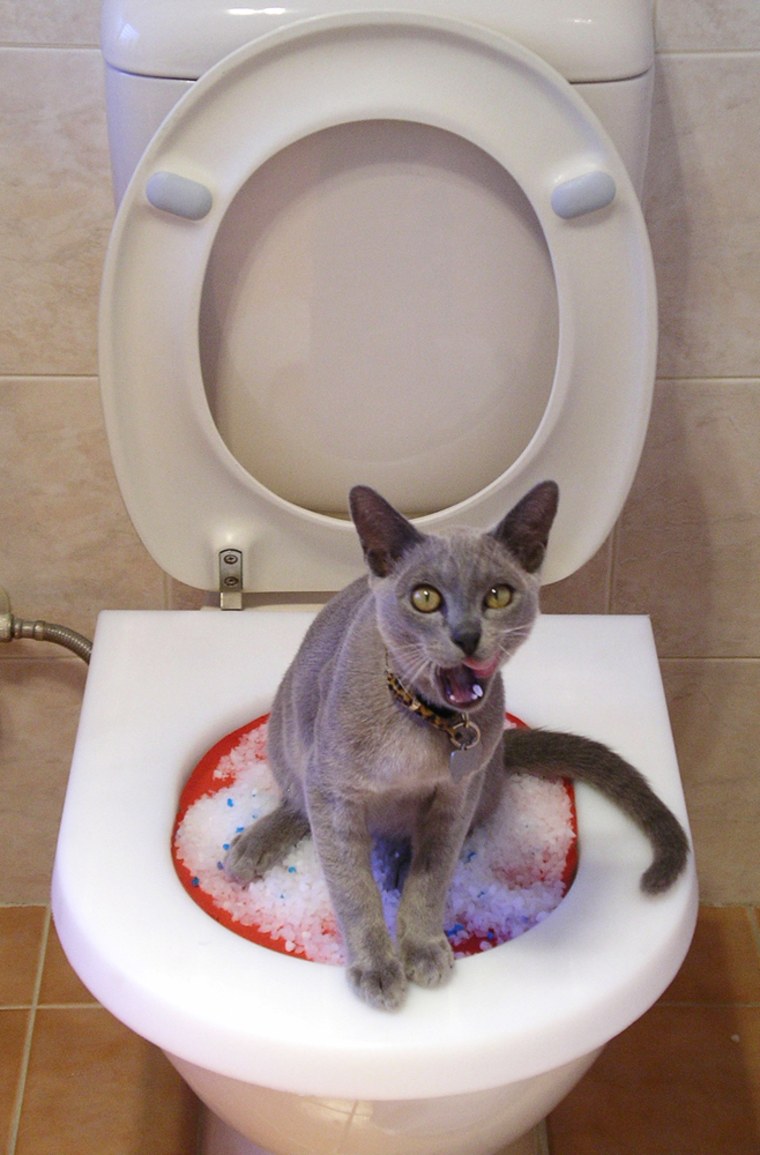Learning Why Animal Waste Needs to Not Be Flushed Down the Toilet
Learning Why Animal Waste Needs to Not Be Flushed Down the Toilet
Blog Article
The content underneath on the subject of Can You Flush Dog and Cat Poo Down the Toilet? is exceptionally entertaining. Try it and draw your own personal findings.

When it comes to getting rid of waste, specifically animal waste, lots of people typically turn to the hassle-free option of flushing it down the toilet. Nonetheless, this seemingly easy solution can have significant consequences for the environment and public health. In this post, we'll discover why flushing animal waste down the bathroom is a bad idea and provide alternative methods for correct disposal.
Introduction
Correct garbage disposal is critical for preserving ecological sustainability and public health. While it might appear safe to purge animal waste down the commode, it can result in various issues, both for the setting and human wellness.
Risks of flushing animal waste
Ecological influence
Purging pet waste introduces damaging germs and pathogens into rivers, which can negatively affect water environments. These pathogens can pollute water sources and damage aquatic life, interfering with delicate ecosystems.
Public health problems
Animal waste includes unsafe germs such as E. coli and Salmonella, which can posture serious health and wellness dangers to human beings. Purging pet waste down the commode can infect water products, resulting in the spread of conditions and infections.
Alternatives to flushing
Rather than flushing animal waste down the bathroom, there are a number of different disposal methods that are more eco-friendly and sanitary.
Composting
Composting pet waste is an environmentally friendly means to deal with it. By composting, raw material is broken down right into nutrient-rich soil, which can be made use of to fertilize gardens and plants.
Garbage dump disposal
Throwing away animal waste in a landfill is one more choice. While not as eco-friendly as composting, it is a much safer choice to flushing, as it avoids the contamination of water resources.
Pet dog waste disposal systems
There are specific animal garbage disposal systems offered that safely and hygienically throw away animal waste. These systems commonly utilize enzymes to break down waste and eliminate smells.
Actions to appropriate pet garbage disposal
To guarantee correct disposal of animal waste, follow these steps:
Scooping and bagging waste
Regularly scoop and bag pet waste making use of eco-friendly bags. This prevents waste from infecting the setting.
Making use of marked waste bins
Dispose of bagged pet waste in assigned waste containers, such as garden compost containers or garbage dump bins. Prevent flushing it down the bathroom in any way prices.
Cleansing litter boxes and family pet areas routinely
Frequently clean litter boxes and animal areas to stop the accumulation of waste and microorganisms. Usage pet-safe cleansing items to preserve hygiene.
Advantages of correct disposal methods
Taking on appropriate disposal approaches for animal waste uses several advantages:
Reduced environmental pollution
Proper disposal methods minimize the risk of environmental pollution, shielding rivers and ecological communities from contamination
Minimized threat of water contamination.
By avoiding flushing pet waste down the toilet, the risk of water contamination is dramatically reduced, securing public health.
Enhanced sanitation and hygiene
Proper disposal approaches advertise far better cleanliness and health, developing a safer environment for both humans and animals.
Conclusion
Finally, flushing pet waste down the commode is damaging to the atmosphere and public health. By taking on different disposal approaches and complying with correct waste monitoring techniques, we can reduce the negative impact of pet waste and contribute to a cleaner, healthier world.
What To Do With Dog Poo – The Do's And Don'ts Of Disposing Of Faeces
Dog poo bins
Some councils provide dedicated dog waste bins in popular dog-walking areas that can take dog poo that has been bagged but you can legally dispose of dog waste in any public litter bin, as long as it is securely bagged. This also applies to your wheelie bin at home.
Do not flush
Water companies do not recommend flushing dog faeces down the toilet because certain parasites can survive the water processing treatment and are potentially harmful to humans. You should also never consider flushing dog poo that has been bagged down the toilet as the bags will not break down and instead create severe blockages in the sewage system.
In the woods
The Forestry Commission promotes a ‘stick and flick’ method for dealing with waste in the woods. This means finding a stick and using it to flick any poo from off the path so that it is out of the way of other walkers. You could also bury it as long as it is not in an area where there might be livestock.
Livestock
Parasites found in dog poo can be transmitted to livestock if they inadvertently eat infected faeces that has been left on grazing land. This could result in the death of sheep or abortion in cattle so you should always make sure you pick up your dog’s waste in fields where livestock could be present.

Frequently clean litter boxes and animal areas to stop the accumulation of waste and microorganisms. Usage pet-safe cleansing items to preserve hygiene.
Advantages of correct disposal methods
Taking on appropriate disposal approaches for animal waste uses several advantages:
Reduced environmental pollution
Proper disposal methods minimize the risk of environmental pollution, shielding rivers and ecological communities from contamination
Minimized threat of water contamination.
By avoiding flushing pet waste down the toilet, the risk of water contamination is dramatically reduced, securing public health.
Enhanced sanitation and hygiene
Proper disposal approaches advertise far better cleanliness and health, developing a safer environment for both humans and animals.
Conclusion
Finally, flushing pet waste down the commode is damaging to the atmosphere and public health. By taking on different disposal approaches and complying with correct waste monitoring techniques, we can reduce the negative impact of pet waste and contribute to a cleaner, healthier world.
What To Do With Dog Poo – The Do's And Don'ts Of Disposing Of Faeces
Dog poo bins
Some councils provide dedicated dog waste bins in popular dog-walking areas that can take dog poo that has been bagged but you can legally dispose of dog waste in any public litter bin, as long as it is securely bagged. This also applies to your wheelie bin at home.
Do not flush
Water companies do not recommend flushing dog faeces down the toilet because certain parasites can survive the water processing treatment and are potentially harmful to humans. You should also never consider flushing dog poo that has been bagged down the toilet as the bags will not break down and instead create severe blockages in the sewage system.
In the woods
The Forestry Commission promotes a ‘stick and flick’ method for dealing with waste in the woods. This means finding a stick and using it to flick any poo from off the path so that it is out of the way of other walkers. You could also bury it as long as it is not in an area where there might be livestock.
Livestock
Parasites found in dog poo can be transmitted to livestock if they inadvertently eat infected faeces that has been left on grazing land. This could result in the death of sheep or abortion in cattle so you should always make sure you pick up your dog’s waste in fields where livestock could be present.

As a reader about , I figured sharing that blog post was necessary. If you enjoyed reading our blog posting plz remember to pass it around. Thanks for your time. Revisit us soon.
Call Today Report this page